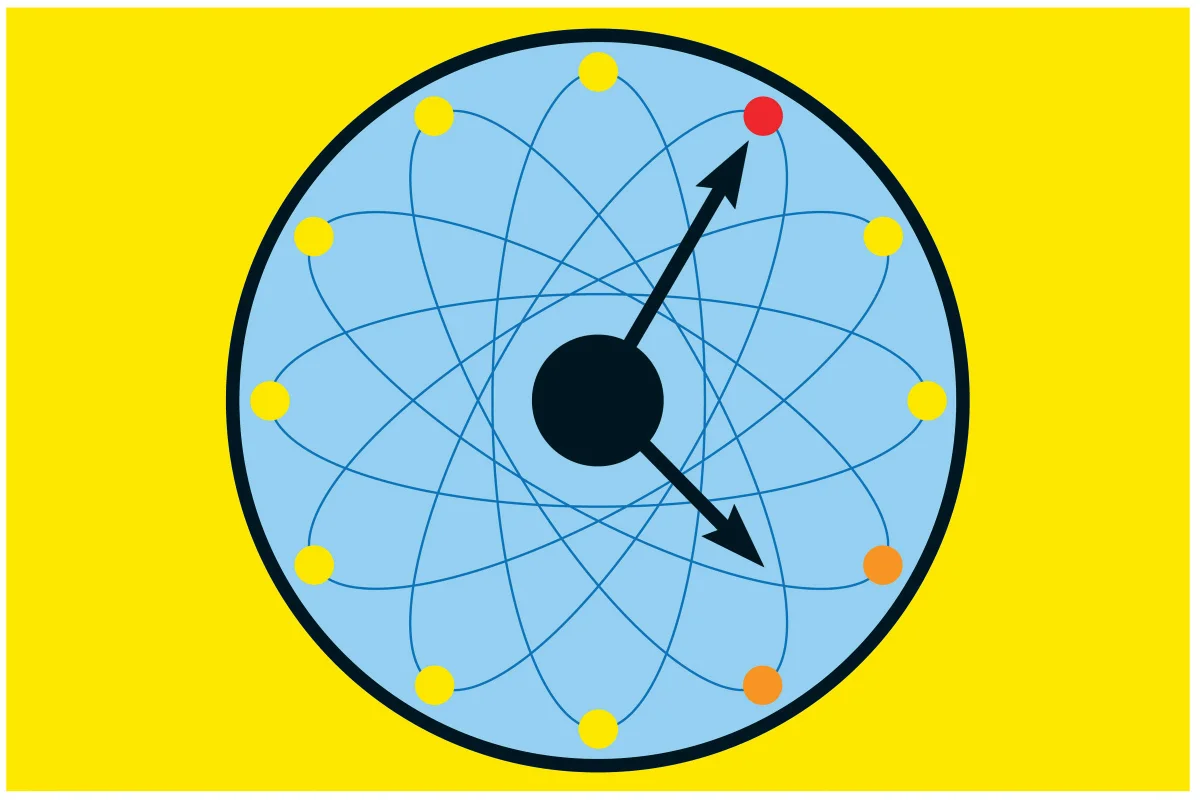
By Emily Conover
The timekeeping landscape may be on the verge of a revolutionary shift with the recent advancement in nuclear clock technology. In a groundbreaking achievement, scientists have successfully employed a tabletop laser to elevate an atomic nucleus to a higher energy state. This significant feat propels researchers closer to the realization of the first-ever nuclear clock, which promises unparalleled precision and portability compared to existing atomic clocks.
The implications of this breakthrough are profound, as remarked by Olga Kocharovskaya, a physicist at Texas A&M University. Nuclear clocks, poised to surpass the precision of atomic counterparts, offer a promising avenue for probing fundamental physics theories with unprecedented accuracy. Peter Thirolf of Ludwig-Maximilians-Universität München echoes this sentiment, emphasizing the newfound feasibility of nuclear clocks.
Traditionally, atomic clocks rely on the behavior of electrons within atoms to maintain precise timekeeping. However, nuclear clocks diverge from this paradigm by leveraging transitions within atomic nuclei. While most nuclei possess energy levels beyond the reach of lasers, thorium-229 stands out due to its unusually accessible energy transition.
Recent advancements in measurement techniques have illuminated the precise magnitude of thorium-229’s energy transition. Armed with this knowledge, researchers utilized a laser to elevate thorium-229 nuclei to a higher energy state, subsequently observing the emitted light during the transition back to ground state. This experiment, outlined in a forthcoming paper in Physical Review Letters, has significantly refined the understanding of thorium-229’s energy transition, paving the way for the development of nuclear clocks.
Physicist Ekkehard Peik of the National Metrology Institute of Germany expresses his excitement at the successful culmination of years of research. The experimental setup, which embeds thorium-229 within a crystal of calcium fluoride, offers tantalizing prospects for future clock designs. Jun Ye of JILA envisions the potential for simpler, more portable clock systems, underscoring the versatility of solid-state materials in clock construction.
Moreover, the advent of nuclear clocks heralds a new era of scientific inquiry, enabling novel investigations into fundamental physics phenomena. By comparing nuclear and atomic clocks, scientists can explore variations in fundamental constants and conduct searches for elusive dark matter particles.
While significant hurdles remain in the quest to realize nuclear clocks, the recent milestone represents a pivotal step forward. As Ye notes, the mere observation of the energy transition signals the dawn of a new frontier in timekeeping. Though the journey ahead may be long, the promise of nuclear clocks beckons with the allure of unparalleled precision and scientific discovery.
